Research Contributions
Downloads: Johannes Wrobel, Zeugen Jehovas im Konzentrationslager – eine konstante Häftlingskategorie 1933-1945, in: “informationen” – Studienkreis: Deutscher Widerstand 60, Oktober 2004, S. 32-34. Hrsg. vom
Downloads: Johannes Wrobel, Zeugen Jehovas im Konzentrationslager – eine konstante Häftlingskategorie 1933-1945, in: “informationen” – Studienkreis: Deutscher Widerstand 60, Oktober 2004, S. 32-34. Hrsg. vom
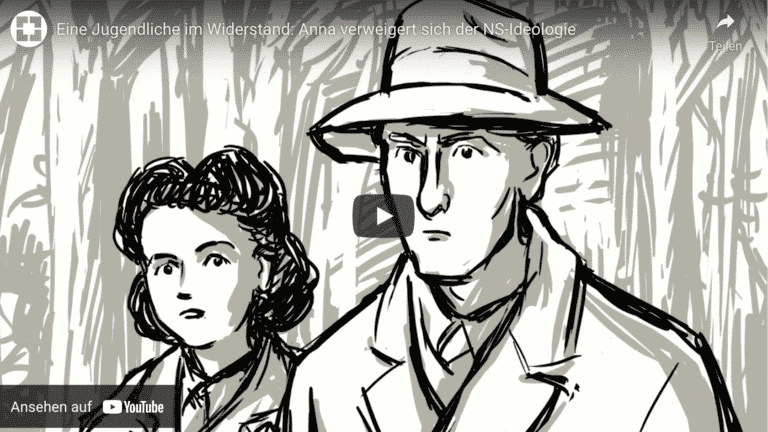
Resistance of Conscience – A Girl against the Nazi Regime Interview with Simone Arnold Liebster on March 18, 1997 Interview by the USC Shoah Foundation
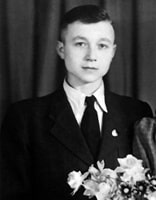
At one program in commemoration of the Holocaust, one Jewish university professor who had studied and investigated the concentration camps and its effects it left

Let me please give you first some background information about myself and our family in which I grew up when I was your age and
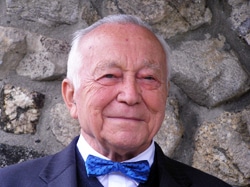
During the 2007 school year eighth-grade students from Columbia Explorers Academy (Chicago, Illinois) asked Rudolf Graichen two questions regarding his personal experiences. Question #1 :
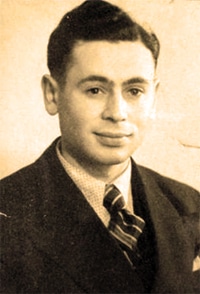
Living conditions got much worse as the war expanded. Prisoners from all of Europe overloaded the camps. Non-Jewish prisoners who could speak German and who
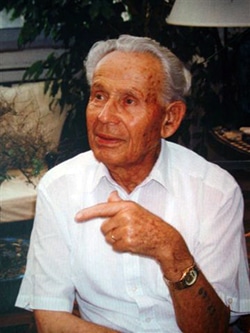
My first camp was Sachsenhausen. I arrived there in January 1940. Most prisoners were German. They did hard labor, had extra food, and slept in bunks.
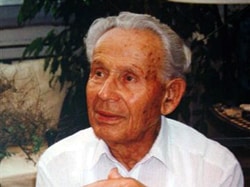
In 1933, the year Hitler came to power, I was an 18-year-old Jewish lad living in Germany. I witnessed the dreadful rise of Nazism and

I have often had the privilege of talking to young people. Everywhere in the United States, Canada, France, Switzerland, and Germany, I sensed how young